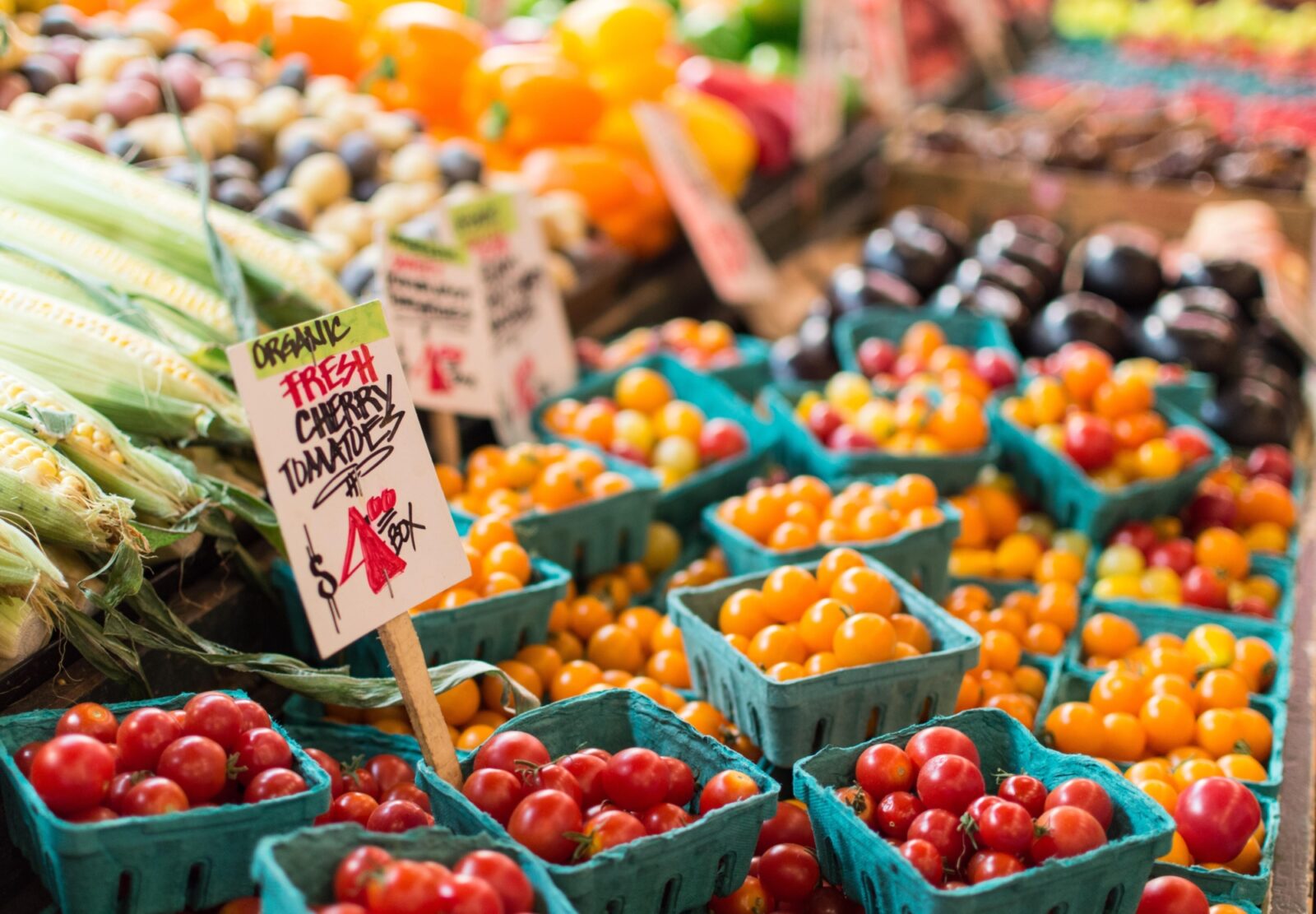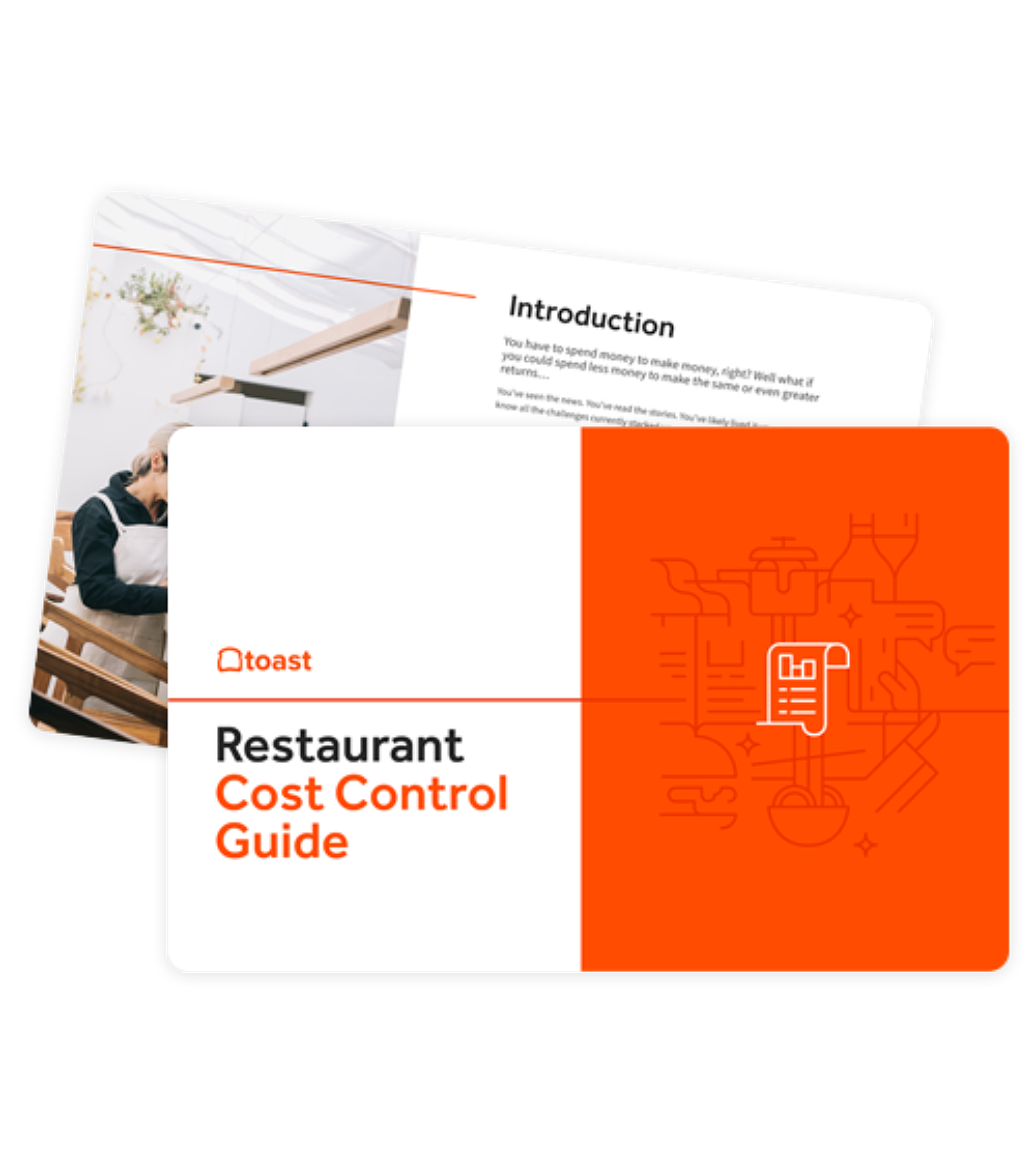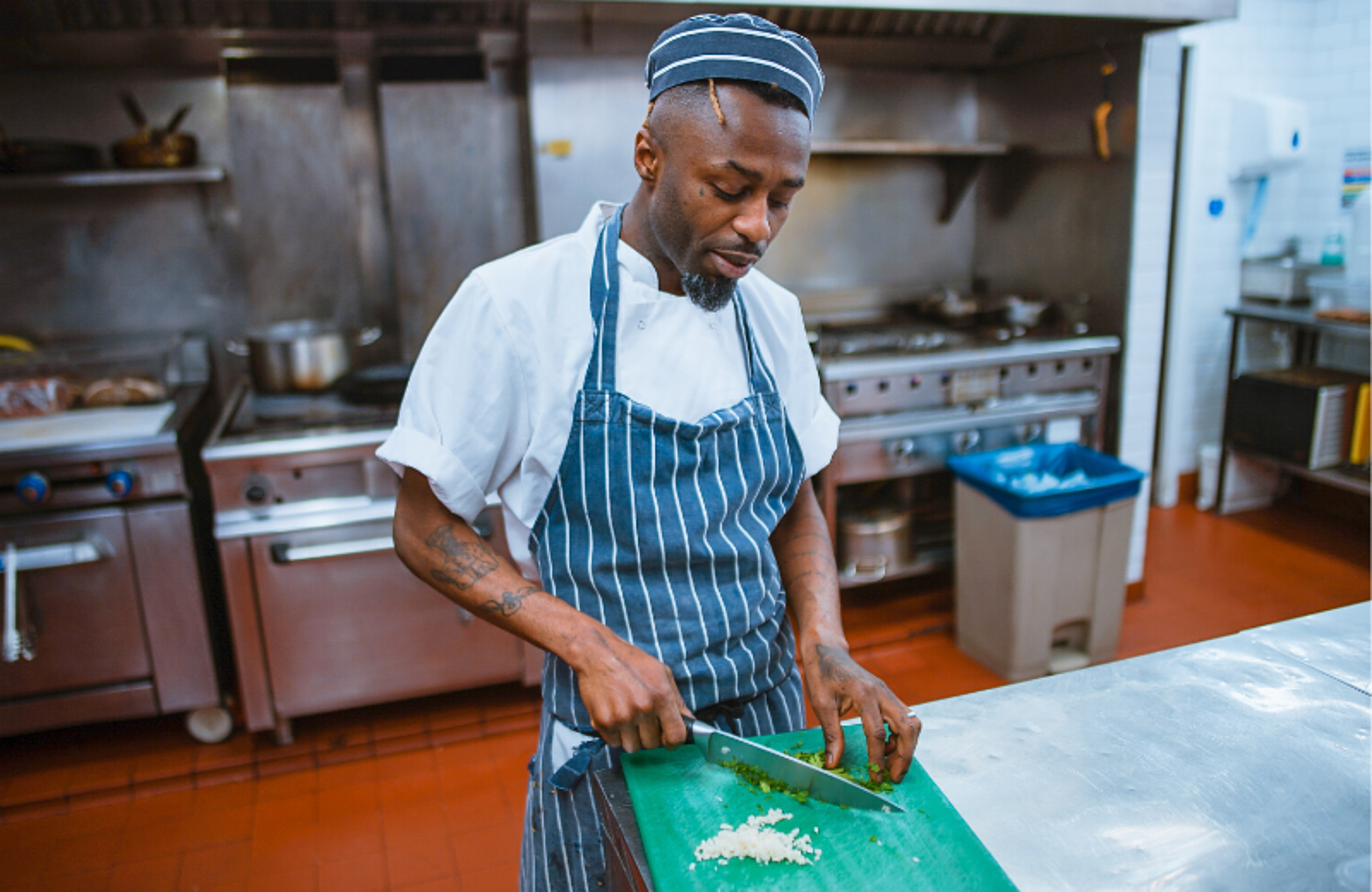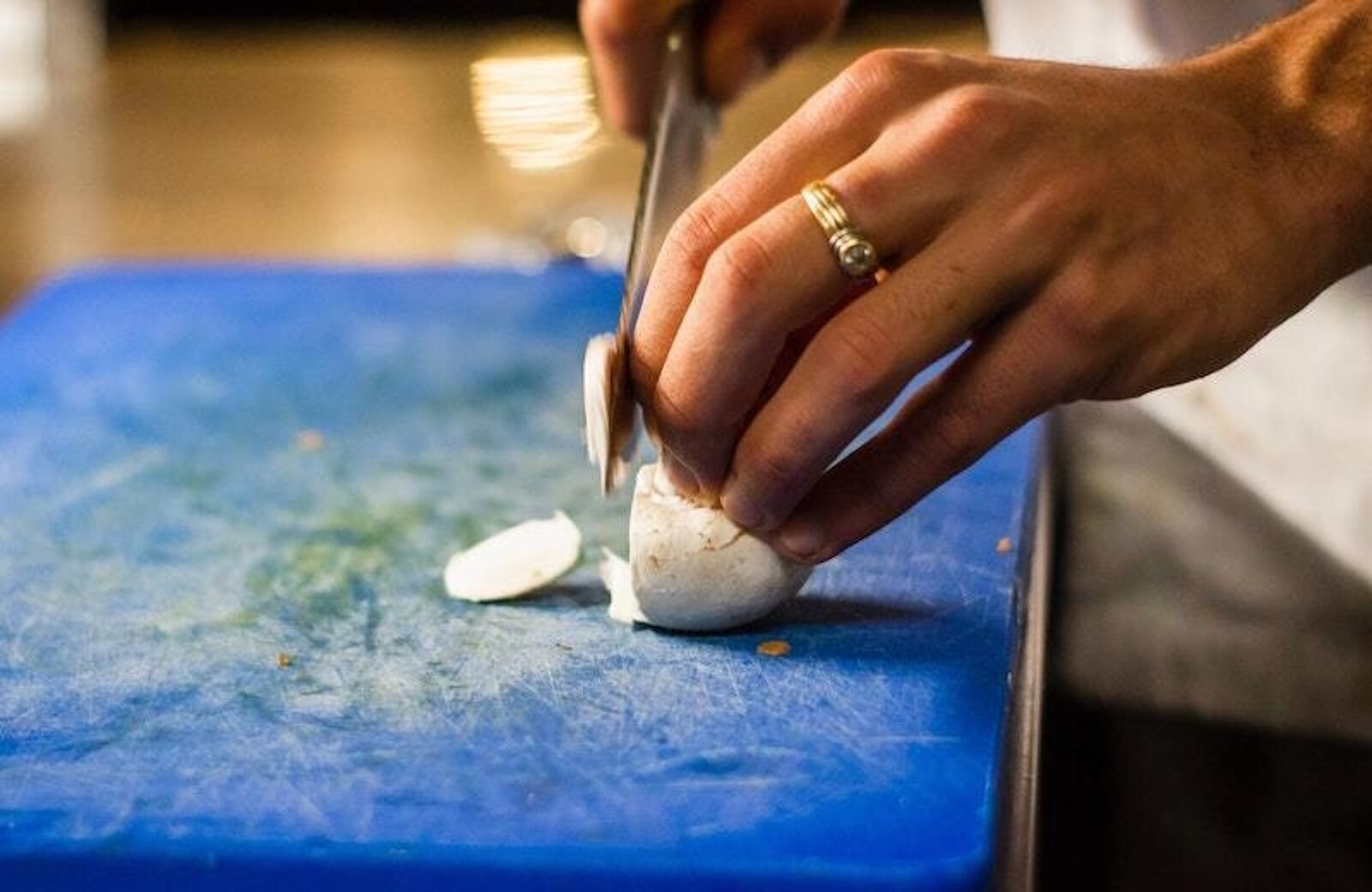
How to Achieve an Insightful Recipe Costing Process
Recipe costing is an essential for operators to mitigate rising ingredient costs and successfully set menu prices.

Justin GuinnAuthor


Restaurant Cost Control Guide
Use this guide to learn more about your restaurant costs, how to track them, and steps you can take to help maximize your profitability.
How do you calculate total cost of dish?
The manual process for recipe costing typically involves listing all the recipe ingredients, calculating the ingredient quantity and prices by factoring the unit of measure from the purchased amount to the serving amount, and adding up all these individual ingredient costs and factoring in labor, waste, and other costs.
A healthy recipe costing process can help restaurants protect profits
Restaurant recipe costing is essential for helping operators mitigate ongoing food inflation and set a successful course through the present economic uncertainty. Even in the best of times, recipe costing is a valuable, gross profit-enhancing tool for the restaurant industry.
Consistent recipe costing can help manage food inventory and set strategic menu prices. It's a must-have practice for operators looking to be more intentional about their profitability.
Read on to learn more about recipe costing, the importance of invoice automation, and what to look for in recipe costing software.
Restaurant Operator Insights Report
See insights from real restaurant operators which can help you benchmark your current and planned restaurant technology stack against your peers as we head into 2024 and beyond.

Recipe costing demands standardization, returns consistency
Recipe costing and management practice requires standardized recipes for components that make up a restaurant's menu — standardization which provides consistency across dishes, especially for restaurants with multiple locations.
Costing a recipe enables business owners, chefs, and back of house managers to calculate portion and plate costs. These are essential steps to setting strategic menu prices and being intentional about the profitability of individual menu items.
A common trap for recipe costing is that it's done when a new recipe is implemented and then never again. That'd be fine if ingredient prices remained stable, but that's not the world we live in.
How to cost a recipe for restaurants
The manual process for recipe costing typically involves:
List all the recipe ingredients in a spreadsheet or recipe template.
Calculate the actual food cost of each ingredient by determining the unit of measure per recipe portion size based on the total cost per purchased unit or measure — for example, a $10 pound of ground beef mean a quarter-pound burger has $2.50 in ground beef costs.
Add up the individual cost of each ingredient — factoring in labor, food waste, etc. — to get a total cost for each recipe.
That's just how to get the initial recipe cost.
This exercise should be repeated every time individual ingredient prices change to maintain accurate readouts. That's a ton of calculations, which is why many restaurant operators value food cost calculators — though specific recipe costing software and tools can help automate and build repeatable processes.
Recipe costing can help restaurateurs optimize menu engineering practices
Ongoing restaurant management challenges have inspired many restaurant operators to consider multiple menu changes.
Here are a few examples of how recipe costing can help restaurant owner encourage more profitable food sales and take control of their cost of goods sold.
Menu engineering
Menu engineering is a systematic framework restaurant operators can use to evaluate and optimize restaurant menu prices.
It’s a tool that can assist with menu aesthetics and brand design, strategic placement of menu items, and optimized gross profit based on menu prices and ideal food costs and actual food costs.
However, menu engineering falls flat without understanding the plate costs for each menu item. Plate cost calculations require all the individual recipe costs for every portion size that’s in the dish.
Minimum viable menu
Scaling menus downs to just the most popular and profitable menu items — known as a minimum variable menu, or MVM. MVM is one form of menu engineering that enables restaurant operators to provide popular items that drive profits at lower than average customers and revenue.
A minimum viable menu is a condensed menu that’s design to satisfy and delight customers while protecting profitability with ideal food costs — which requires restaurant operators to conduct recipe costing to determine.
An MVM can help restaurant businesses reduce the overall ingredients required to sustain the business, helping shrink beginning and ending inventory. The reduction in the number of dishes being served helps minimize ordering while also making it easier to take control of restaurant food cost percentages. And because lower-cost and higher-margin dishes are prioritized, it can help make menus more efficient in generating profits.
Optimized online ordering
Menu engineering and a minimum viable menu can work in tandem to help optimize food sales for online ordering. For restaurant owners looking to expand online ordering menu, accounting for varying recipe costs can help identify ideal menu prices.
Online ordering may often come with higher costs due to packaging requirements and delivery costs from 3rd-party fees. Menu engineering and recipe costing can help restaurant operators determine the total cost of a dish to-go and set menu prices to account for such food cost variability.
Restaurant Invoice Automation Guide
Use this guide to learn more about your restaurant invoices, the value within, and how to consistently and accurately tap into it to make smarter decisions.

Recipe costing software and tools can help control costs and manage profitability
Recipe costing tools automate the tedious tasks required to manage food cost percentages — especially those systems built on top of an invoice automation system.
Invoice automation is the foundation of sound recipe costing
Invoices are the unsung hero of the back of house. These documents are the single source of truth for reporting supplier price fluctuations. Though with multiple invoices coming through each week, it can be difficult to manually track individual line item changes.
That's where invoice automation tools shine. They automate the ingestion of your invoice data — not just to satisfy your accounting system needs but also to extract line-item details to keep ingredient costs updated within your recipe costing system.
Consistently updated ingredient prices enable recipe costing tools to provide near real-time looks at COGS for individual menu items. Operators can pair that with menu prices from their point of sale, or POS system to forecast potential profit margins for individual menu items.
This practice enables operators to compare costs over time and pinpoint annual and seasonal trends and fluctuations. These insights can help with setting quarterly profitability targets, determining discounts, specials, and limited-time offers, and more.
Harness an insightful inventory management system rooted in invoice automation
Restaurant businesses can gain untold insights from an inventory management system that’s rooted in invoice automation.
While there’s still need for inventory counts, the invoice system provides a snapshot of truth for restaurant operators to work from when managing supplier orders.
For example, what happens if a new case of peppers gets lost in the walk-in? Maybe it was shoved to the corner and had other items set in front of it. An average inventory count may miss the case entirely, prompting the kitchen manager to order another case — impacting overall gross profit and causing unfortunate food waste.
Achieve consistent recipe costing and more with xtraCHEF by Toast
xtraCHEF by Toast can help operators help their staff save time and do more with less by eliminating manual, time-consuming paperwork.
No one has time to spend read over invoices, notating price changes, and updating ingredient prices and recipe calculations. The proper systems in place can automate these manual tasks — helping take control of food costs, save on labor costs, and get back of house staff back to doing what they love.
xtraCHEF can help automate tedious manual tasks — unlocking critical food costing capabilities that can provide some intentionality around menu prices and profitability.
Request a demo today to learn more about the power of xtraCHEF combined with the larger Toast platform.
Menu Engineering Course
Take this course to make the most of your menu. Learn about menu psychology and design, managing your menu online, and adapting your menu to increase sales.

Is this article helpful?
DISCLAIMER: This information is provided for general informational purposes only, and publication does not constitute an endorsement. Toast does not warrant the accuracy or completeness of any information, text, graphics, links, or other items contained within this content. Toast does not guarantee you will achieve any specific results if you follow any advice herein. It may be advisable for you to consult with a professional such as a lawyer, accountant, or business advisor for advice specific to your situation.
Read More
Subscribe to On the Line
Sign up to get industry intel, advice, tools, and honest takes from real people tackling their restaurants’ greatest challenges.



